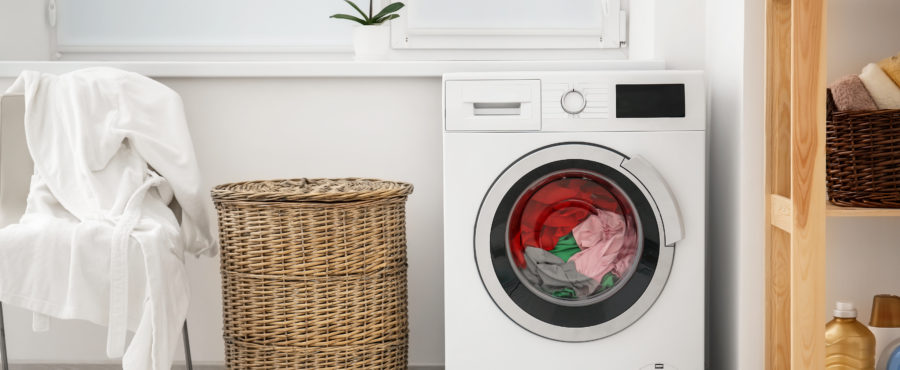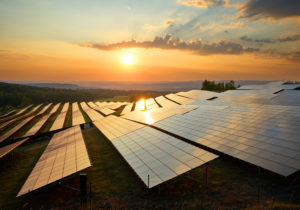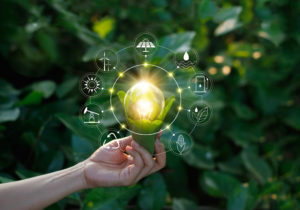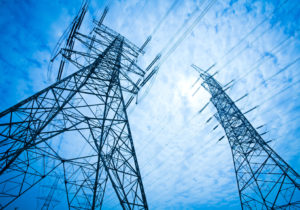
Promotion, particularly at the government level, of a circular economy will force electronic equipment manufacturers to ensure the longest possible lifecycle of their appliances and a possibility to repair them, if they get broken. Now, equipment producers fairly often artificially shorten the life of their electronic products, so the consumers find repairs cost-inefficient and buy new products. This approach is to be prevented by regulations adopted by individual countries and also by the Council of the European Union. By 2035 65 per cent of waste in EU member states is to be recycled.
“The amended directives, which are bringing us into the world of a circular economy, apply also to the industry of used-up equipment or the industry that delivers us electric and electronic devices. What’s most important is to make sure that a high-quality product, purchased at the best price, lasts as long as possible,” Sławomir Mazurek, Environment Vice Minister, told Newseria Innowacje news agency.
Multiple providers of electronic equipment have so far followed a policy which fairly often focused on products with artificially limited lifespan, which became obsolete or unrepairable usually right after the lapse of the warranty period. Upon request of the German Environment Protection Agency, the University of Bonn conducted a survey among consumers. The survey shows that a third of the respondents are not satisfied with their electronic devices’ lifespan. The percentage of people who replaced their devices clearly as a result of the equipment’s failure increased from 3.5 to 8.3 per cent over just a decade.
Promoting a circular economy, particularly by adoption of relevant regulations, could prevent such practices. France is implementing Prime Minister Edouard Philippe’s plan, which provides for reducing waste production, protection of natural resources and climate, prevention of personnel outsourcing from third-world countries, and also promotes the development of the culture of repair instead of disposal of damaged devices and buying new ones. In the light of the proposed regulations, electric and electronic products will be eligible for repair on a 1-10 scale. Repair specialists would need to provide used parts.
“A circular economy is exactly the model in which purchased products are used as long as possible and when they are broken, we may choose to repair them. Thus, these are challenges, on one hand, in terms of design, and on the other – when a failure happens, it should be repaired fairly quickly, so that customers would rather want to repair than buy new products. Obviously, this is difficult to accept for those who want to sell us more of these products,” says Sławomir Mazurek.
The Dutch government will be spending 80m EUR on the promotion of a circular economy in 2019-2020. The goal of the Netherlands is to achieve a 50% circular economy by 2030. By 2050 the country’s economy should be fully circular. On the other hand, in May, the European Union adopted a waste package directive. Onto member states the regulation imposes an obligation to implement specific measures to prevent waste generation, but also to promote re-using and recycling rather than storing and burning. By 2025 at least 55 per cent of waste is to be recycled. By 2030 this figure is to reach 60 per cent, while by 2035 – 65 per cent.
“Poland has got two years to implement this directive. We are now at the consultation stage. We will be showing the proposals of the changes during the holiday period. This will be a hardworking time for both the public administration and for entrepreneurs, so they could all create the best solutions, which will not generate unnecessary costs and will make the regulations have a positive contribution to the consumers’ budgets, but will also boost the development of this industry in Poland,” explains the environment vice minister.
A circular economy is being intensively promoted also in the context of development of electromobility. Popularization of electromobility may encourage recycling companies to seek new opportunities to recover even more raw materials from the recycled products. Singapore-based group TES will still this year open a plant recycling lithium-ion batteries. In addition to the recovery of raw materials from batteries, the company is also making investments to maximise recovery from plastics, glass and carbon fibres, which may still be found in obsolete electronic items and vehicles withdrawn from use. Such waste may be re-used in steel boilers or for water filtering purposes.
According to the United Nations Organisation, within the nearest four years we will be witnessing a 33 per cent growth of electronic waste management. What is more, the World Economic Forum informs that each year the world produces about 50 million tonnes of e-waste, which is equivalent to the mass of all airplanes ever constructed. Only 20 per cent is formally recycled. If no remedy plans are implemented, the waste volumes will double by 2050, up to 120 million tonnes a year. However, for now, e-waste constitutes a great opportunity for the economy. The value of recoverable raw materials in the waste accounts for 62.5bn dollars.
Source: Newseria




